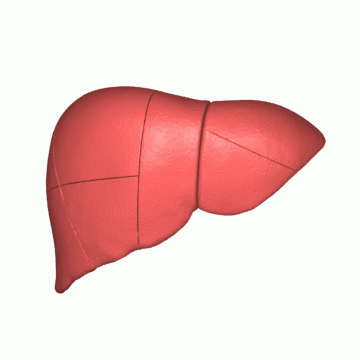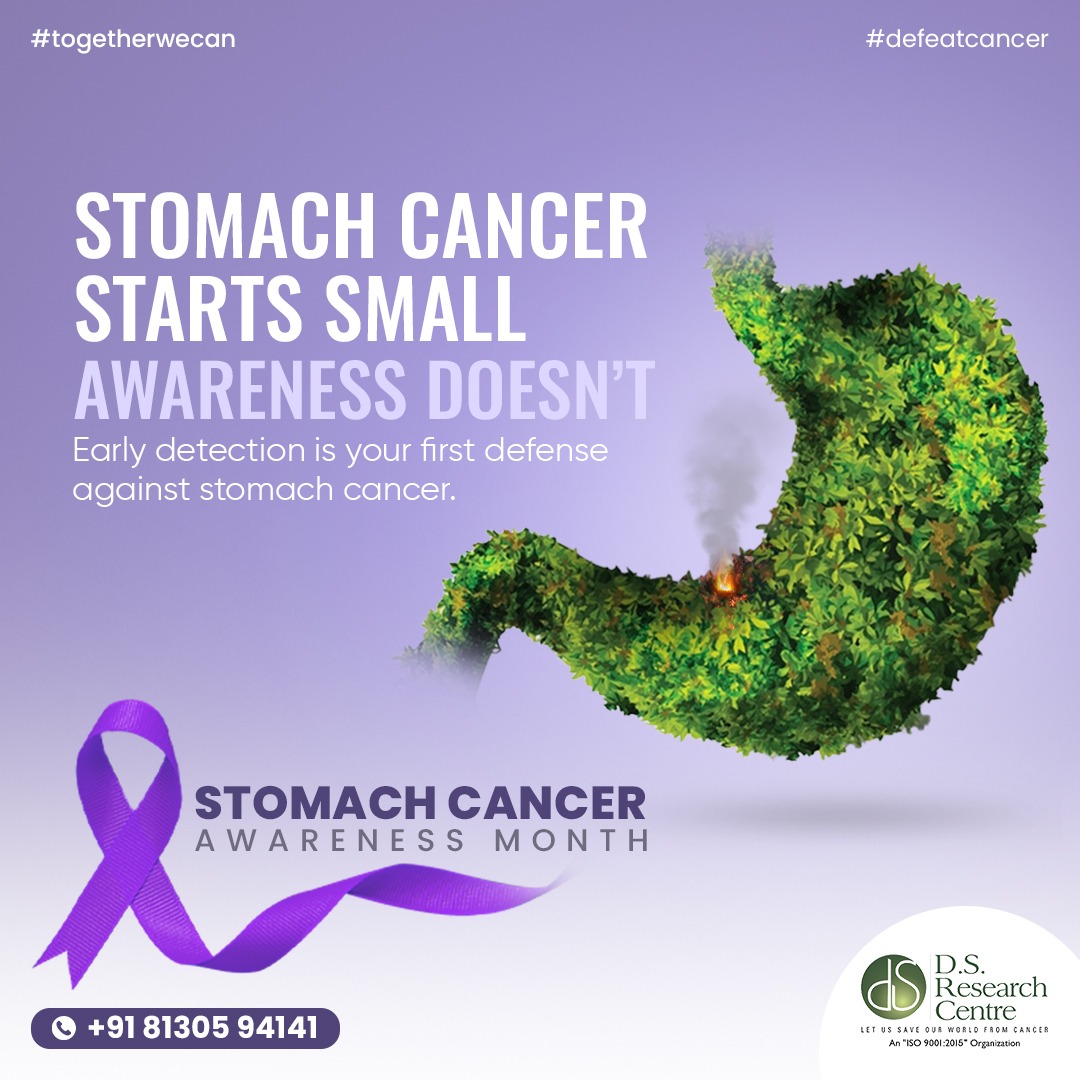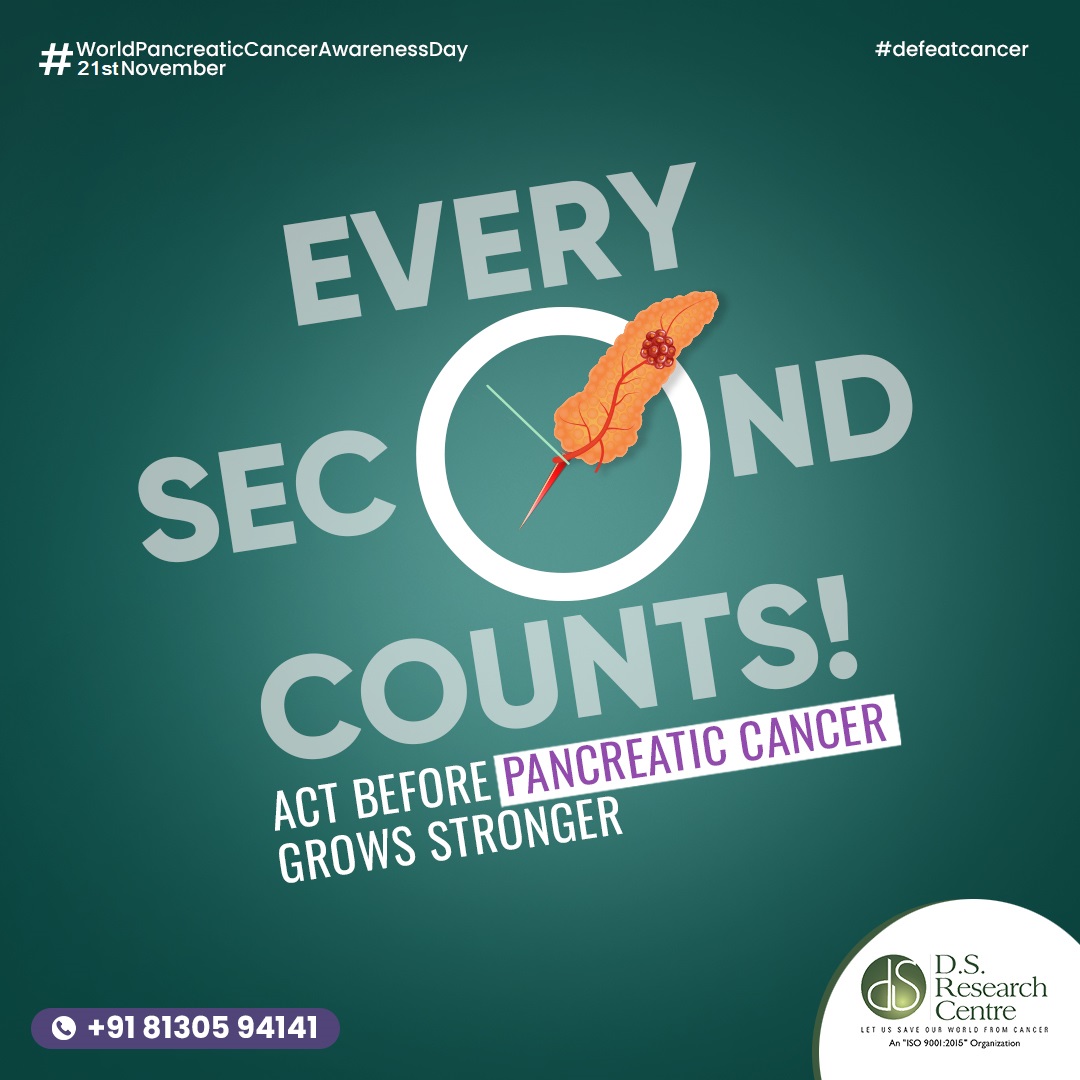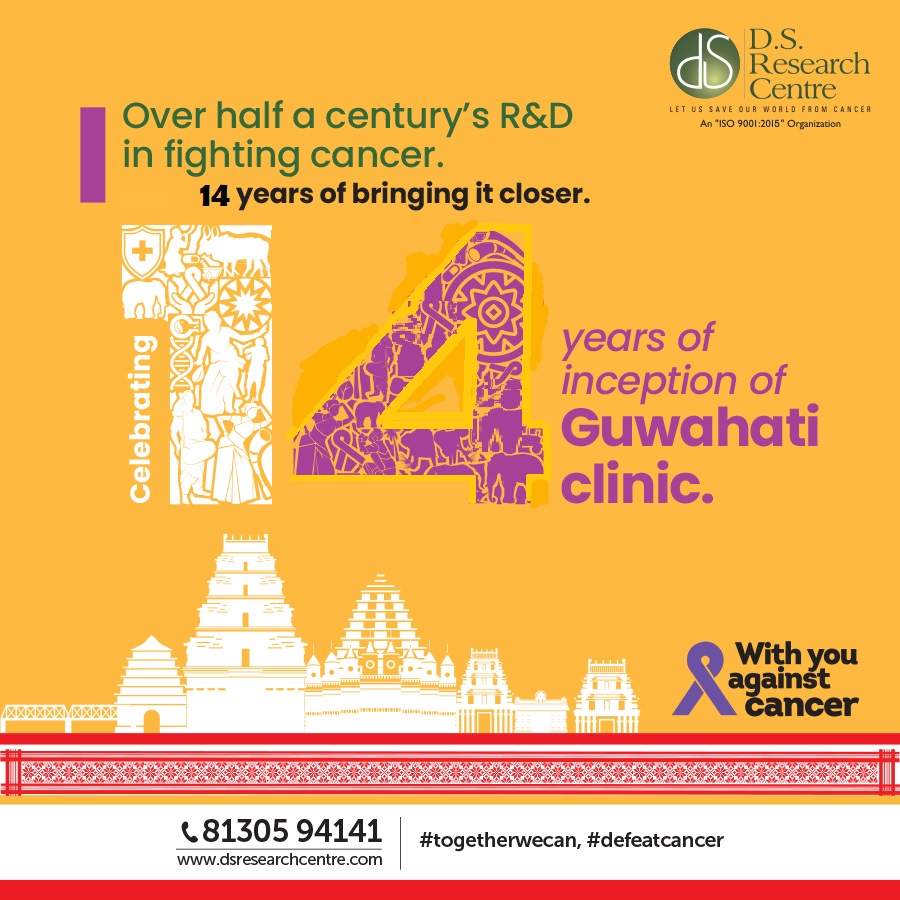October is Liver Cancer Awareness Month, an opportune time to shed light on a disease that ranks as the sixth most common cancer globally. While it affects both men and women, it's the fifth most prevalent cancer in men and ninth in women. The age for diagnosis of Liver Cancer spans from 40 to 70 years. The liver, a remarkable organ nestled beneath the ribcage in the upper right abdomen, accounts for about 2% of an adult's body weight and plays a pivotal role in our well-being. The liver, often underestimated, is a multitasking powerhouse. It manufactures essential proteins like albumin, produces bile for digestion, filters the blood, regulates amino acids and blood clotting, fights infections, stores vital vitamins and minerals, and processes glucose. Its importance cannot be overstated. Liver Cancer comes in two primary forms: Primary Liver Cancer, which originates within the liver, and Secondary Liver Cancer, which occurs when cancer spreads to the liver from other parts of the body. In children, liver cancer is rare, with hepatoblastoma being the most common type. Other, less common childhood liver cancers include hepatocellular carcinoma, undifferentiated embryonal sarcoma of the liver, and infantile choriocarcinoma of the liver.

Understanding the causes and risk factors for Liver Cancer is crucial. Hepatitis B and C infections, cirrhosis, heavy alcohol use, cigarette smoking, and exposure to aflatoxin B1, a toxic substance found in certain foods, are some of the leading risk factors. Nonalcoholic steatohepatitis (NASH), a condition leading to cirrhosis, and specific medical and genetic conditions can also elevate the risk of liver cancer. Prevention is the first line of defense against liver cancer. Key steps include getting the hepatitis B vaccine, treating chronic hepatitis B infection, reducing exposure to aflatoxin B1, moderate alcohol consumption, regular exercise, a healthy diet, and safe sexual practices. These measures can significantly lower the risk.
Liver Cancer diagnosis entails various methods, such as physical exams, alpha-fetoprotein (AFP) tumor marker tests, liver function tests, CT scans, MRIs, ultrasounds, biopsies, and PET scans. Early diagnosis is critical, as liver cancer can be treated effectively if detected in its initial stages.

In the journey towards recovery, treatment options abound. These range from surveillance for smaller lesions, surgeries, liver transplants, ablation and embolization therapies, targeted therapy, immunotherapy, and radiation therapy. Complementary and alternative treatments like Ayurveda, Homeopathy, and Unani are also gaining recognition for their potential in enhancing traditional cancer treatments.
One notable name in the field of cancer treatments is D.S. Research Centre. They offer an ancient Ancient-Ayurveda-based Nutrient Energy Treatment for cancer, which has provided countless patients with a better quality of life. This treatment focuses on correcting the root cause of cancer - deviated cell metabolism - to regulate normal cell metabolism and control the disease. Nutrition plays a pivotal role in the fight against cancer, with numerous herbs helping to improve liver function and detoxify the organ. D.S. Research Centre's approach, rooted in Ayurveda, aims to restore balance and improve the overall well-being of patients. By leveraging the power of natural remedies and a holistic approach to healthcare, they offer hope and healing to those battling liver cancer. The importance of liver function, understanding risk factors, recognizing signs and symptoms, and taking proactive steps for a healthier liver cannot be overstated. Liver Cancer is treatable when detected early. Therefore, raising awareness and seeking timely medical attention is crucial. D.S. Research Centre's Ancient-Ayurveda-based treatment is not just about fighting cancer; it's about providing patients with a better quality of life, hope, and a renewed sense of well-being. Be aware, stay safe, and explore all available options in the fight against liver cancer.

|








Posted on April 15, 2016
Posted on April 15, 2016